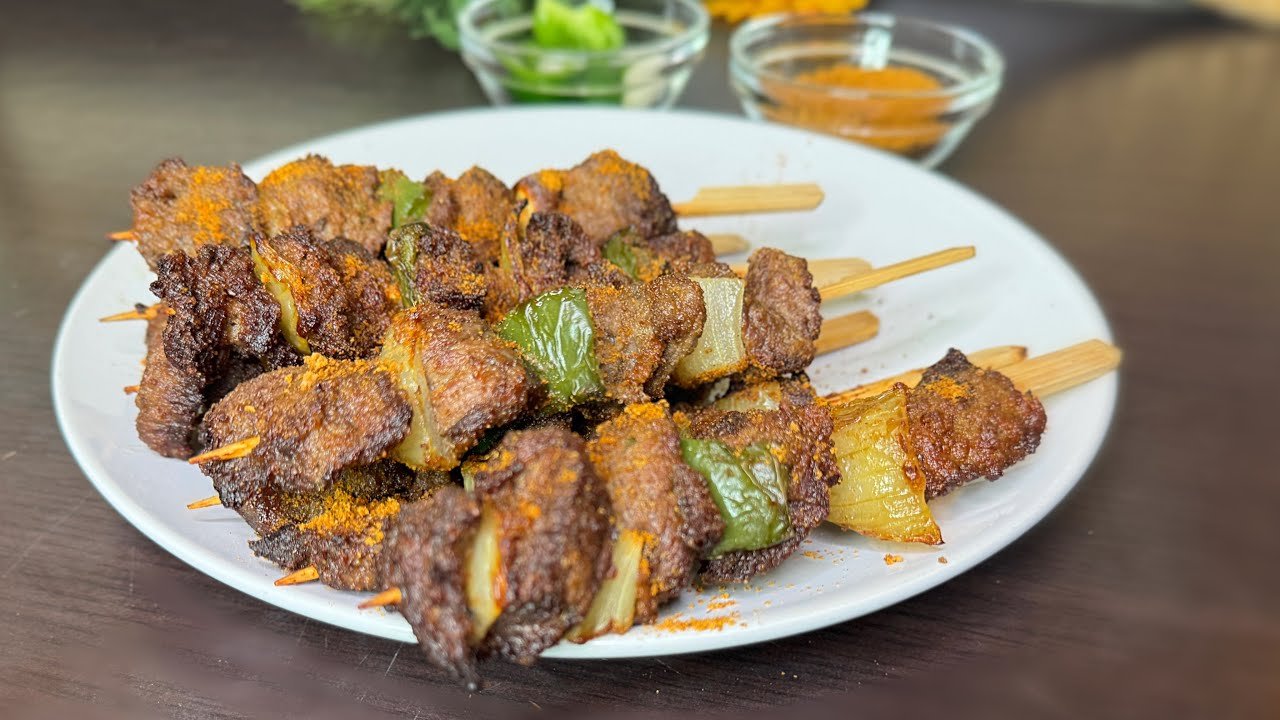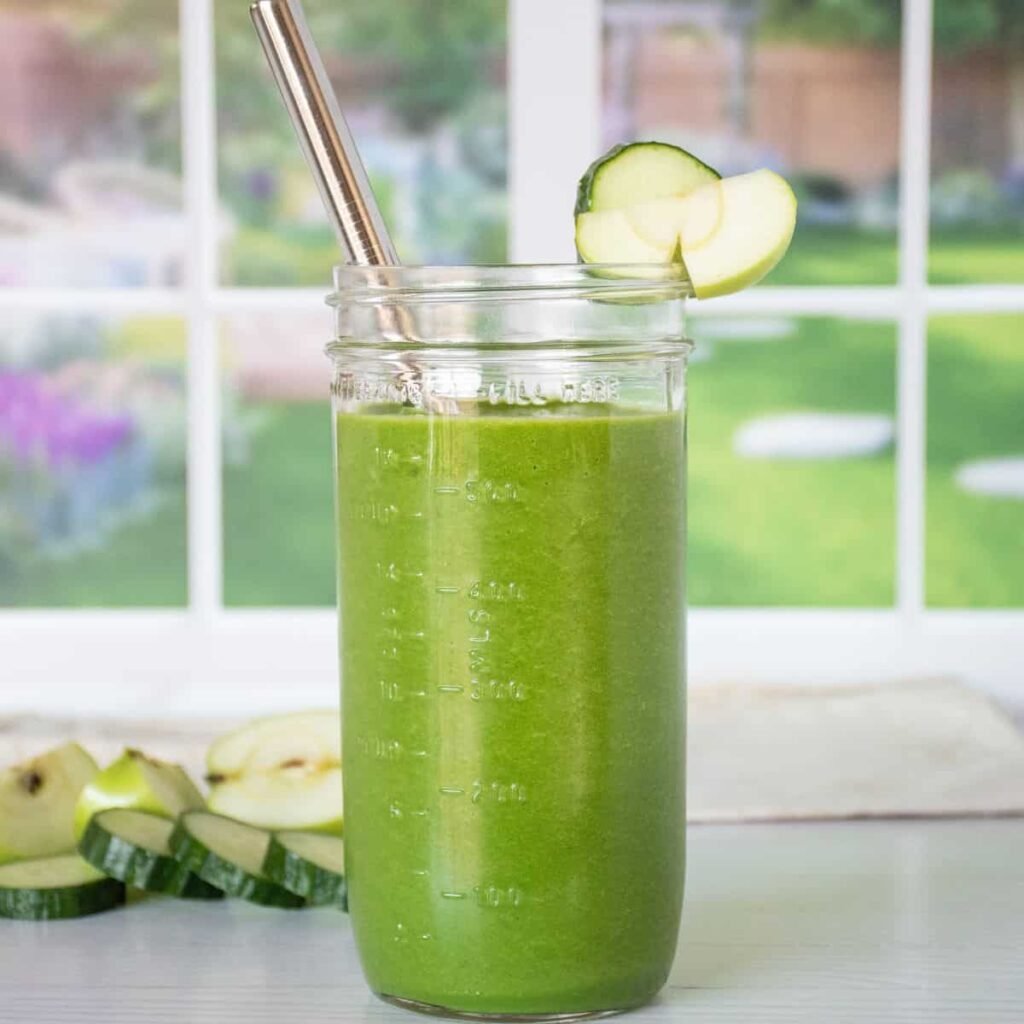Nutrition
Khebab

Khebab, popularly known as kyinkyinga in Ghana, is a very popular street food.
With meat variations ranging from beef, gizzards, chicken, guinea fowls, sausages and others, this spicy meat threaded on skewers and grilled over a gentle heat is usually served with sliced onions and spicy pepper powder.
It is very popular among the Hausa people in northern Ghana. The people that sell them are referred to as Abochi.
Ingredients
Kyinkyinga powder
●1 cup of ground peanuts (You can also use peanut butter powder )
●1 tablespoonful of onion powder
Salt to taste
●1 tablespoonful of paprika
●1 tablespoonful of ginger powder
●1 tablespoonful of cayenne
pepper
●1 tablespoonful of black pepper
Beef / meat on skewers
●5 Pounds diced beef /meat/ gizzard
●1/2 bulb of onion
Oil
Preparation
-Mix all the spices in a bowl together to get the kyinkyinga powder.
-Dip a cooking brush in oil and quote your beef on skewers with oil
– Generously rub your kyinkyinga powder mix on the meat and place them on a baking dish
-Place the baking dish of kebabs in a 350 degree Fahrenheit pre-heated conventional oven.
-Bake it for about 20 minutes and your beef / meat kebabs will be ready.
Nutrition
Palm nut soup

Palm nut soup is a Ghanaian dish that can be served with so many foods. It has a rich base of palm nuts combined with tomatoes and various vegetables that makes it very nutritious.
Preparation
Ingredients
– 1 kilogramme of palm nut
– Half kilogramme of beef
-One kilogramme of goat meat
-Three large salmon
-One full tuna
– A handful of turkey berries
-Two large onions
-4 large tomatoes
-3 large garden eggs
– One tin of mackerel
-Ten large peppers
– One large ginger
-2 cloves of garlic
– Four fingers of okro
– Salt to taste
Instructions
-Wash, cook palm nut, turkey berries, and pepper and add salt to it.
-Grind palm nut, turkey berries and pepper with mortar and pestle or mini food processor.
-Wash goat meat, beef, Tuna, salt and put on fire.
– Blend onion, garlic, ginger and tomatoes and pour on the goat meat.
– Add smoked tuna and salmon and okro to the soup.
-Use a spoon or ladle to skim off the surface oil.
-Garnish the soup with the okro or garden eggs as desired.
-Serve with fufu, banku or Omo tuo.
Nutrition
Cucumber and apple smoothie

Ingredients
-Two medium sized cucumber
-Three apples
-Four tablespoonful of honey
-Crushed ice
-Two cups of yoghurt
-One tablespoonful of blended ginger
– One tablespoonful of celery and mint
Preparation

-Wash and slice cucumber, apple into smaller sizes
-Blend until it is smooth
-Add honey and a little water to it
-Add crushed ice and yoghurt
-Blend it till you achieve your desired texture
– Then serve







